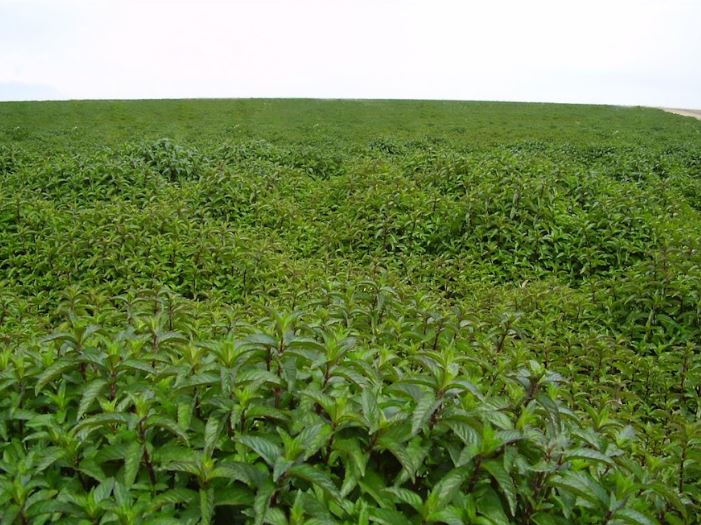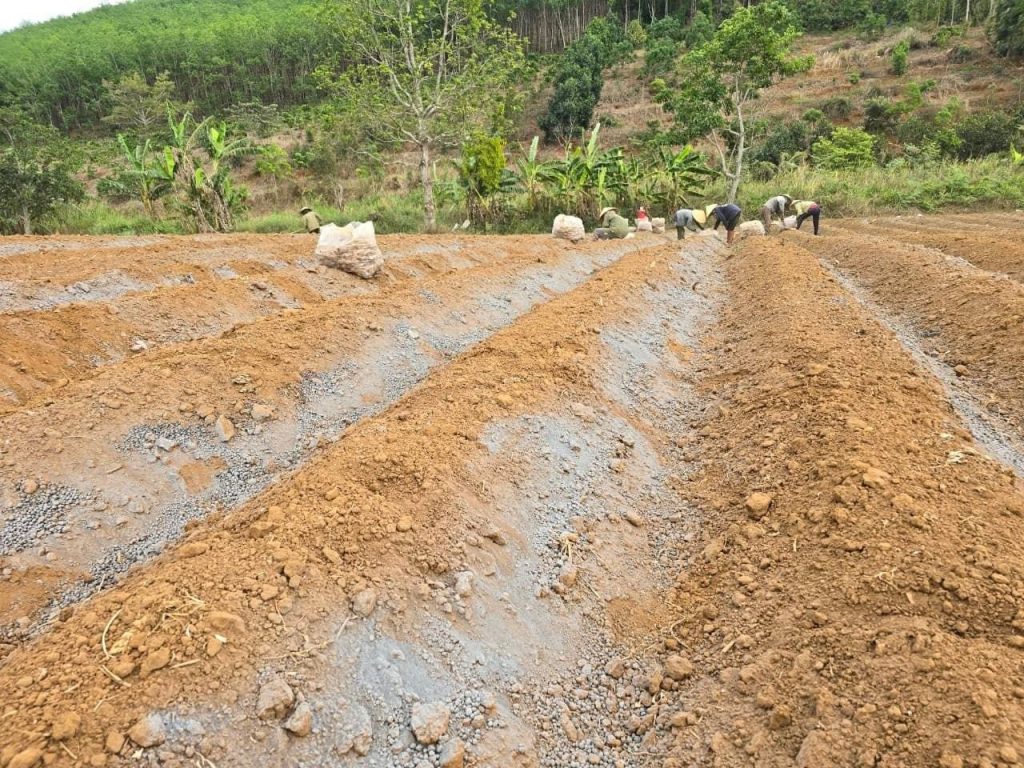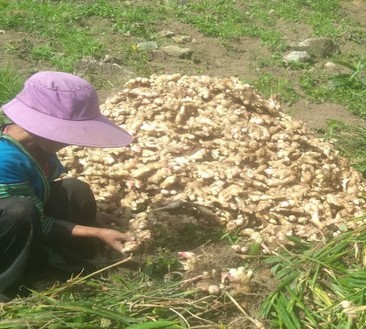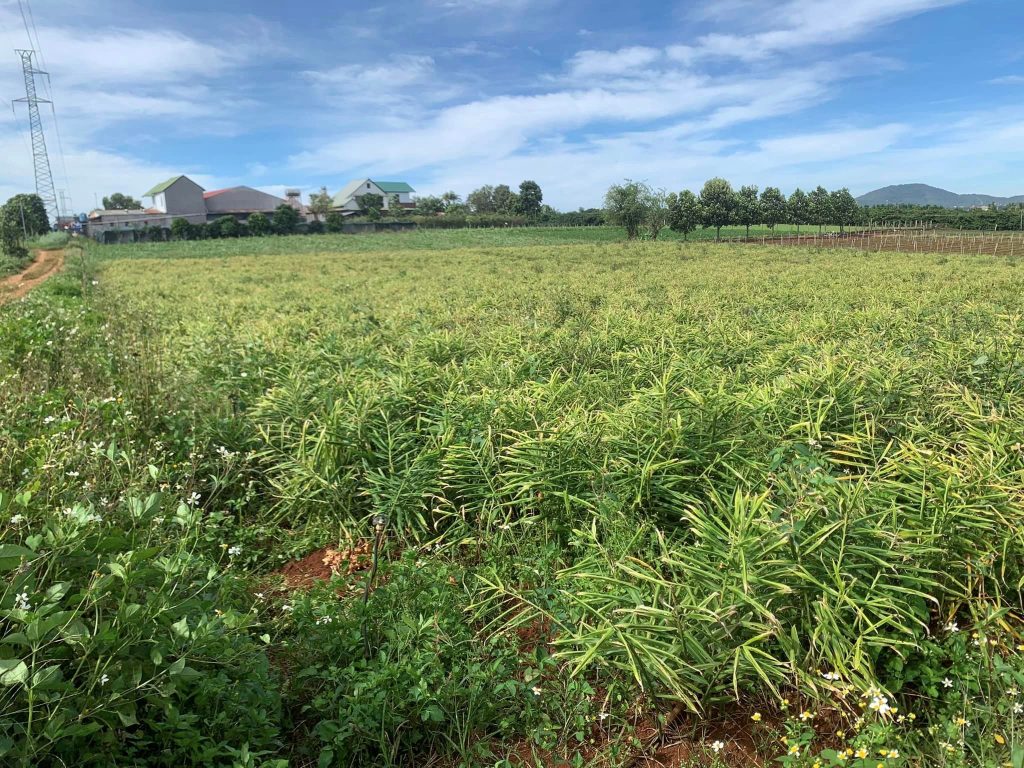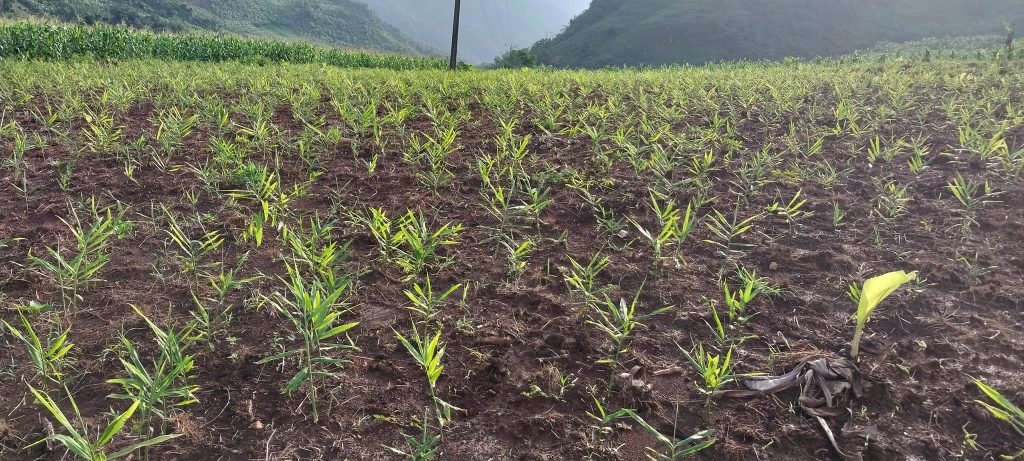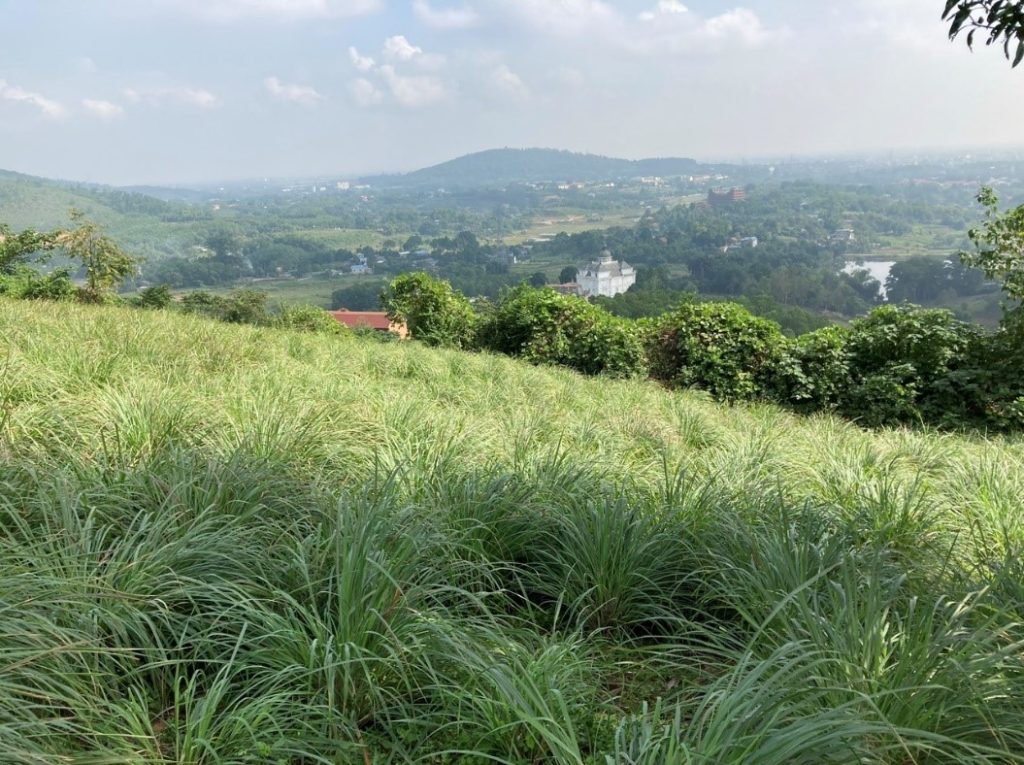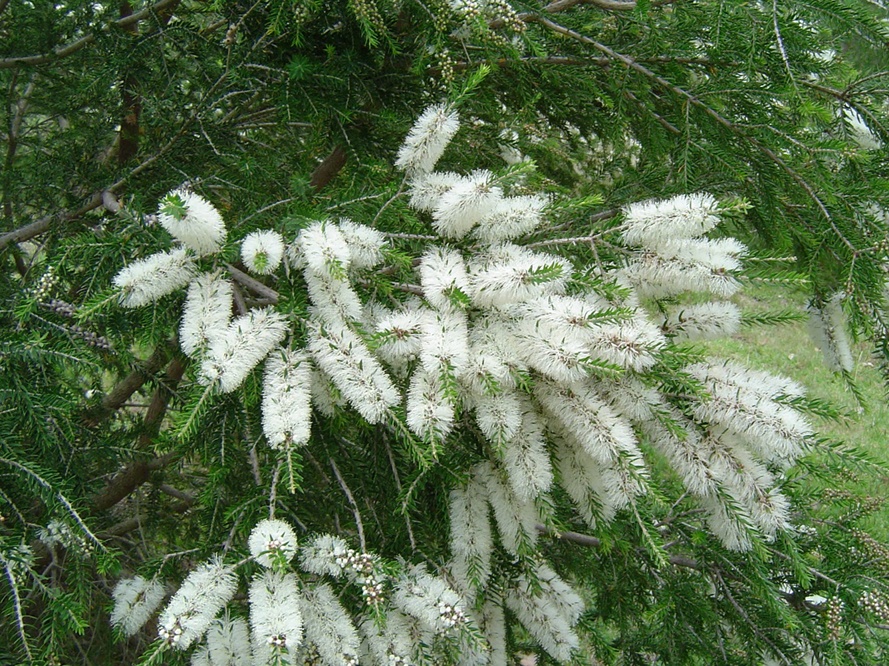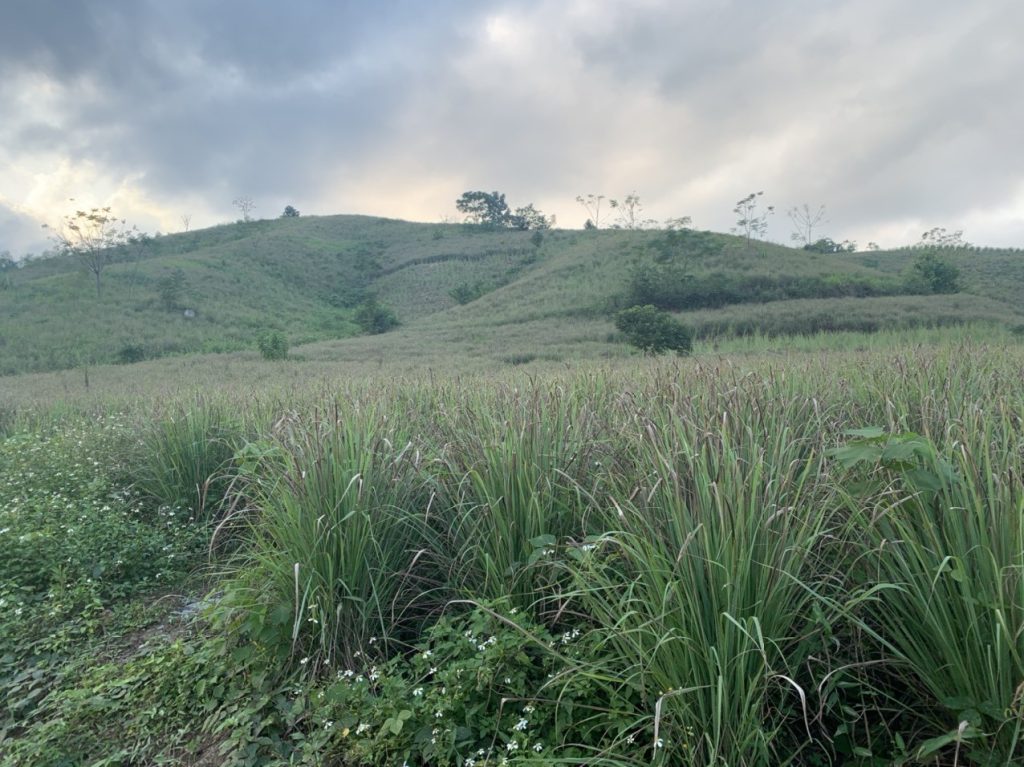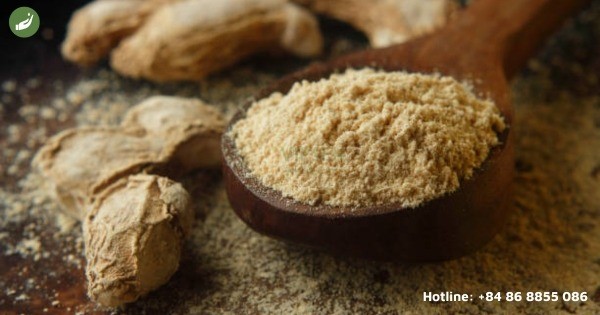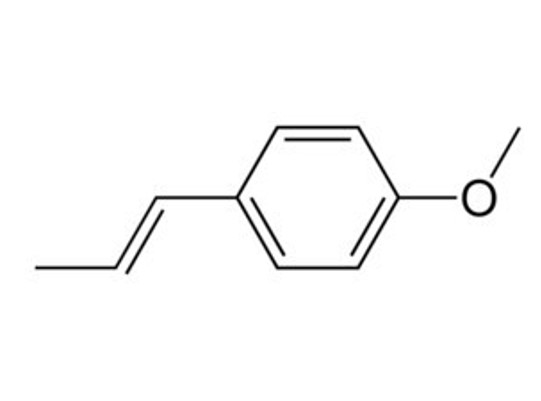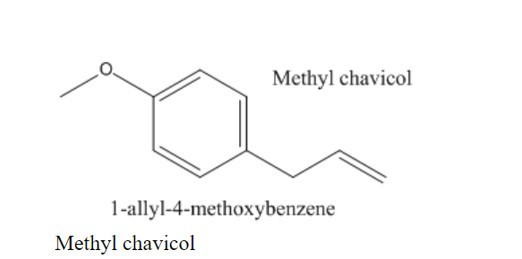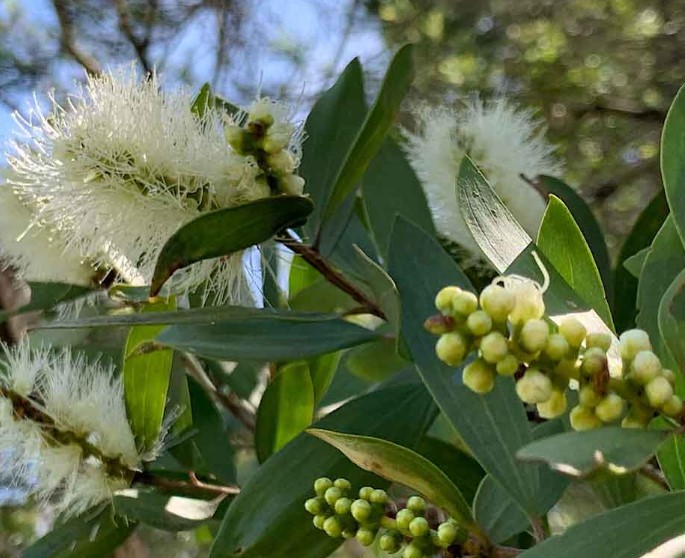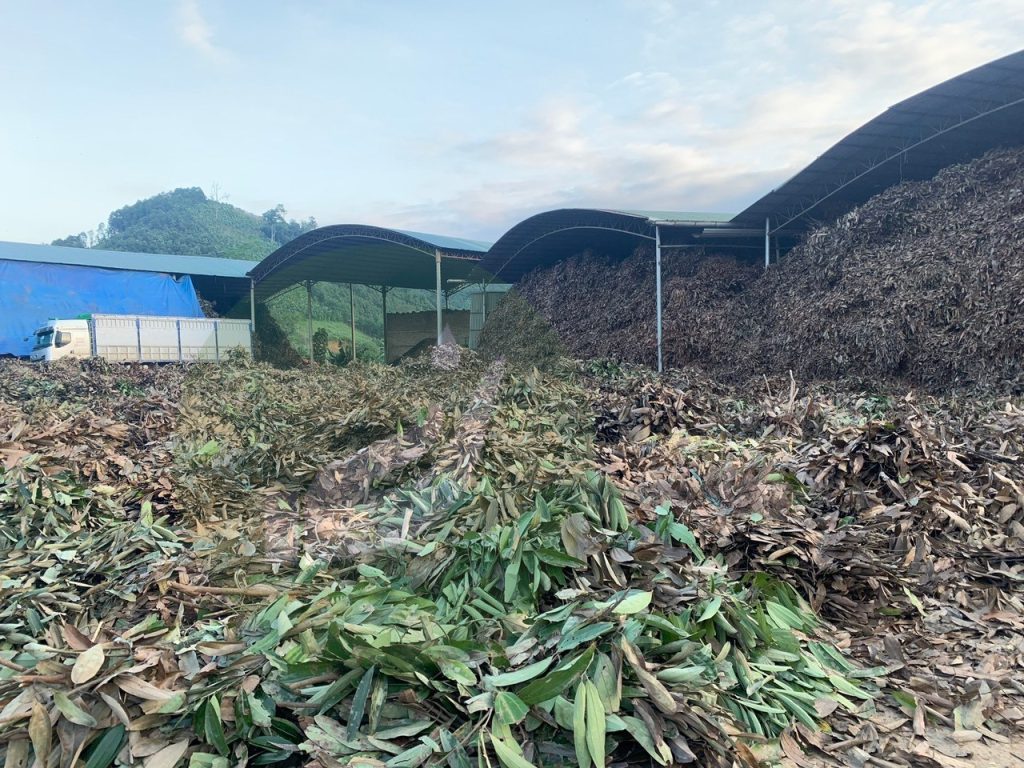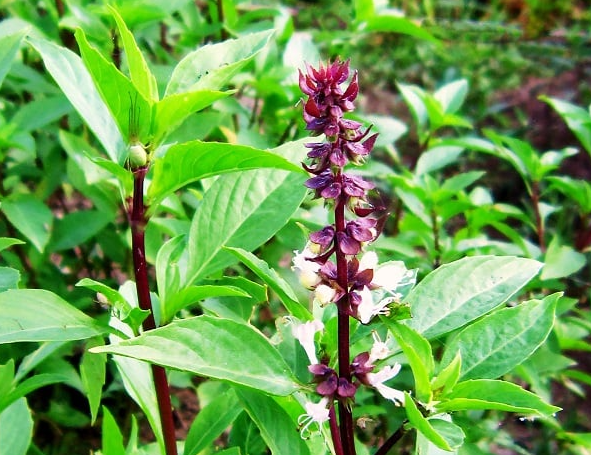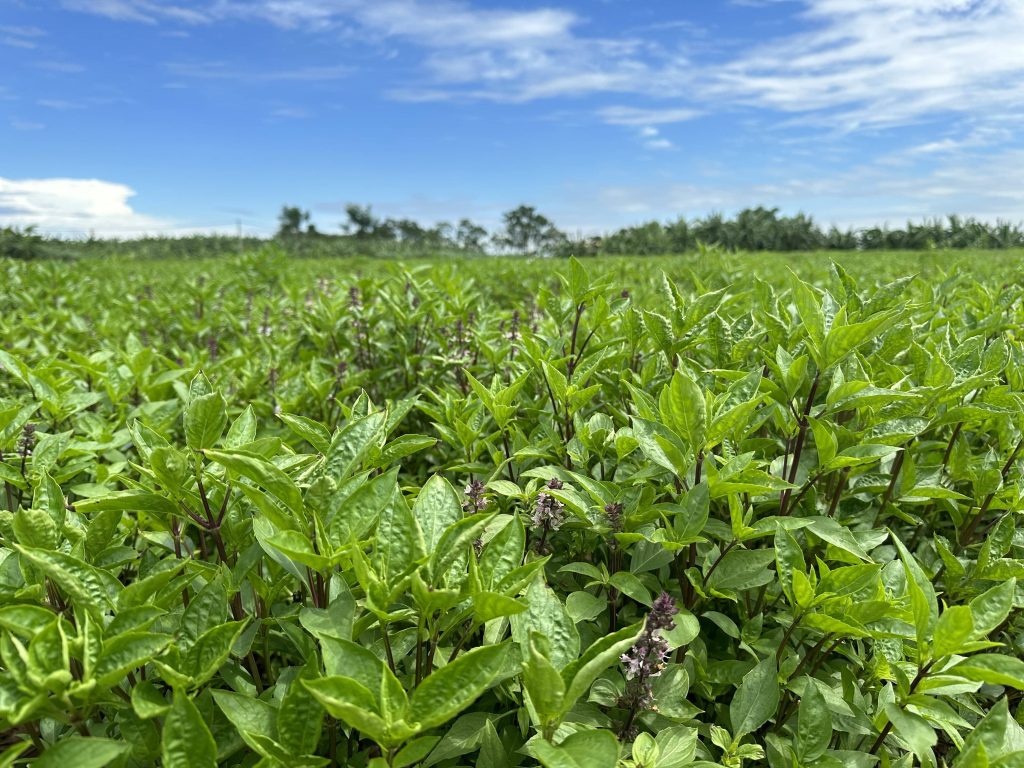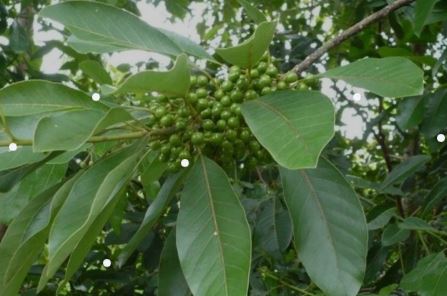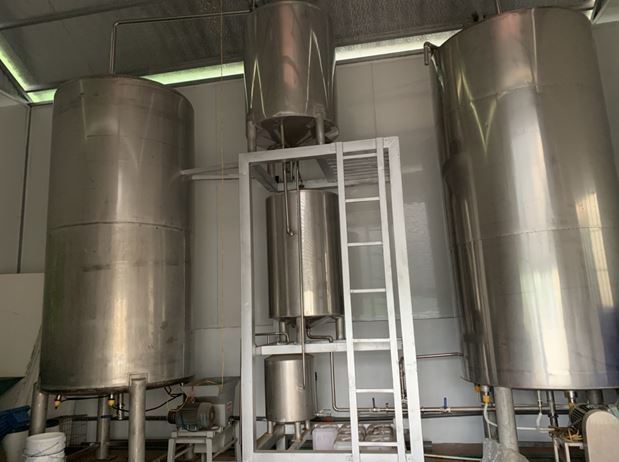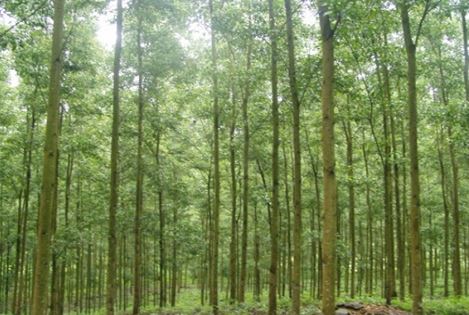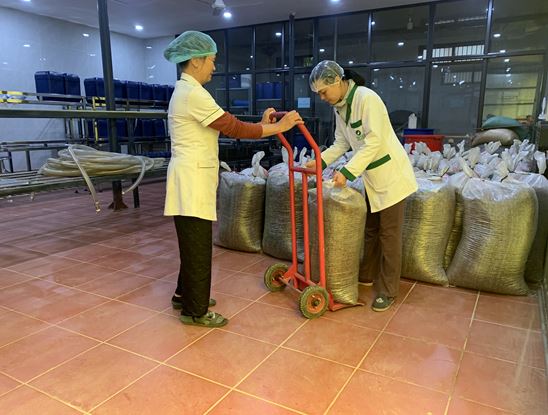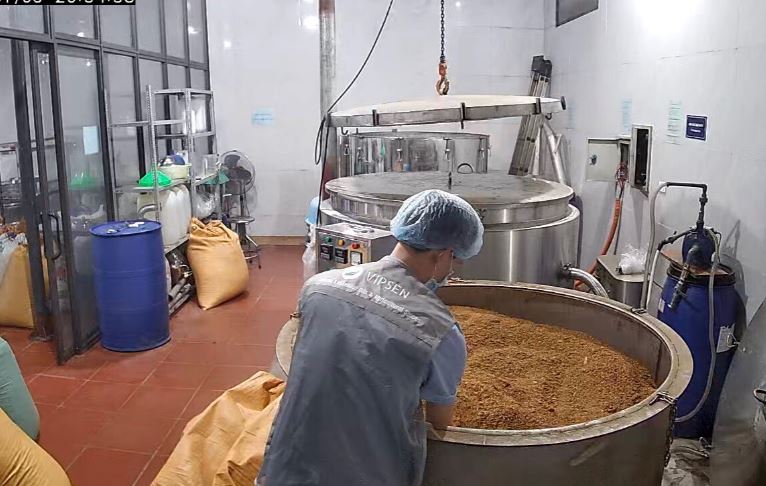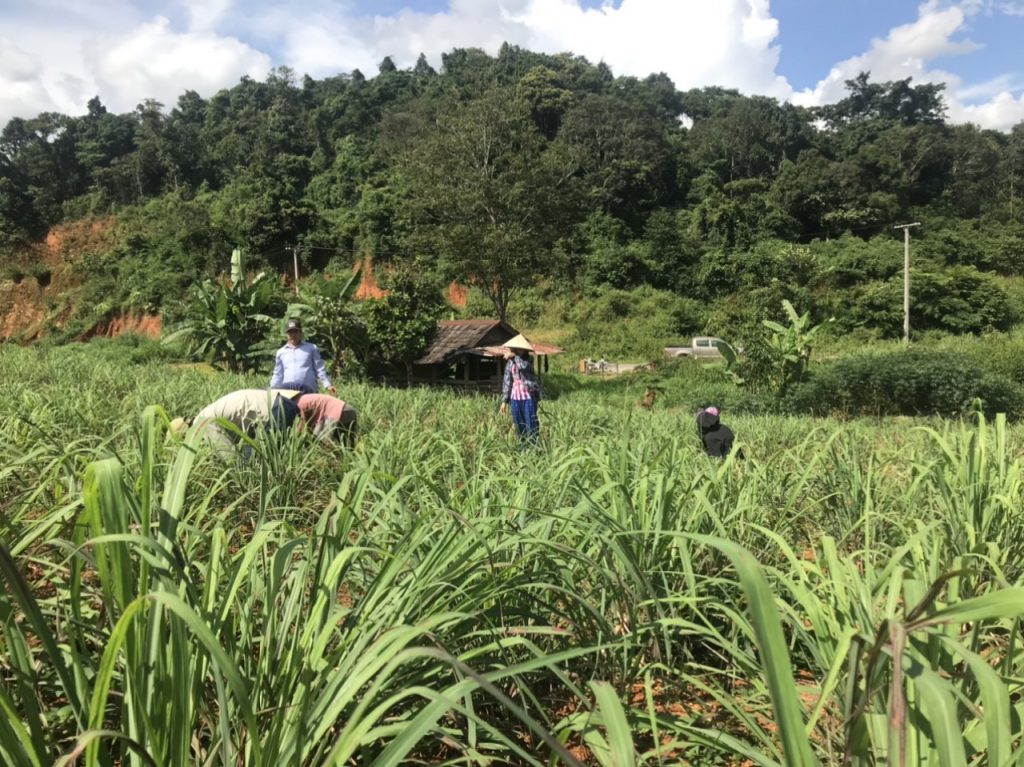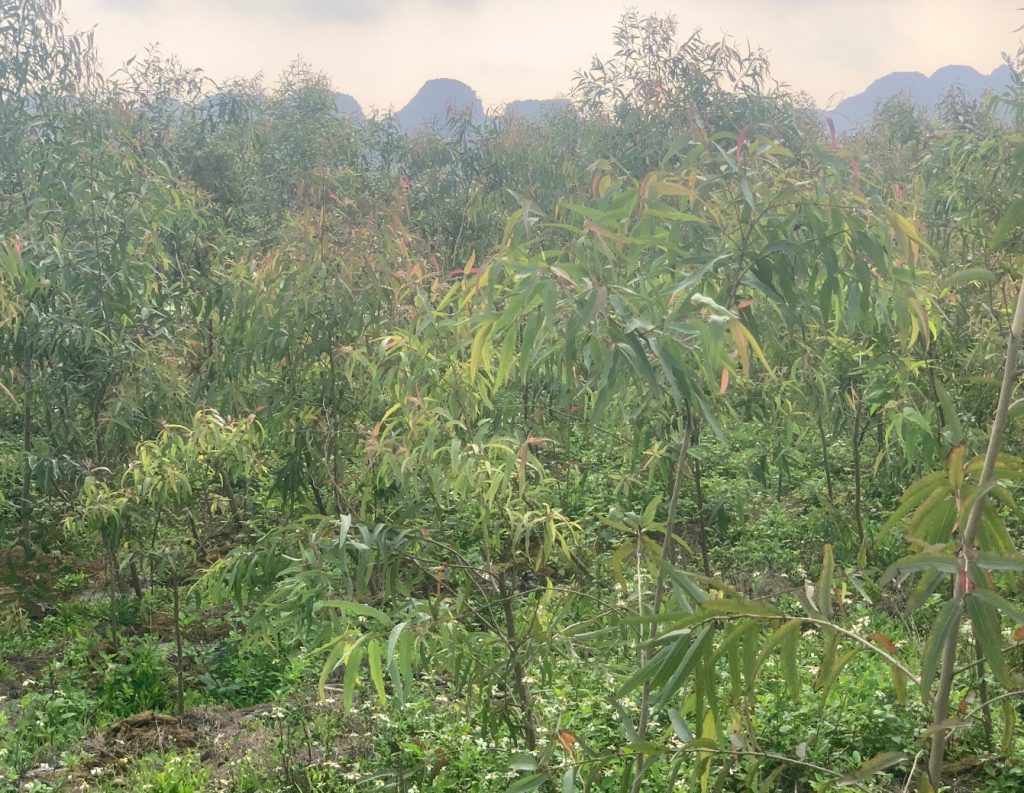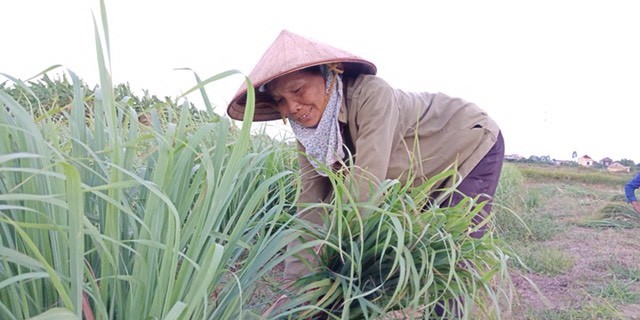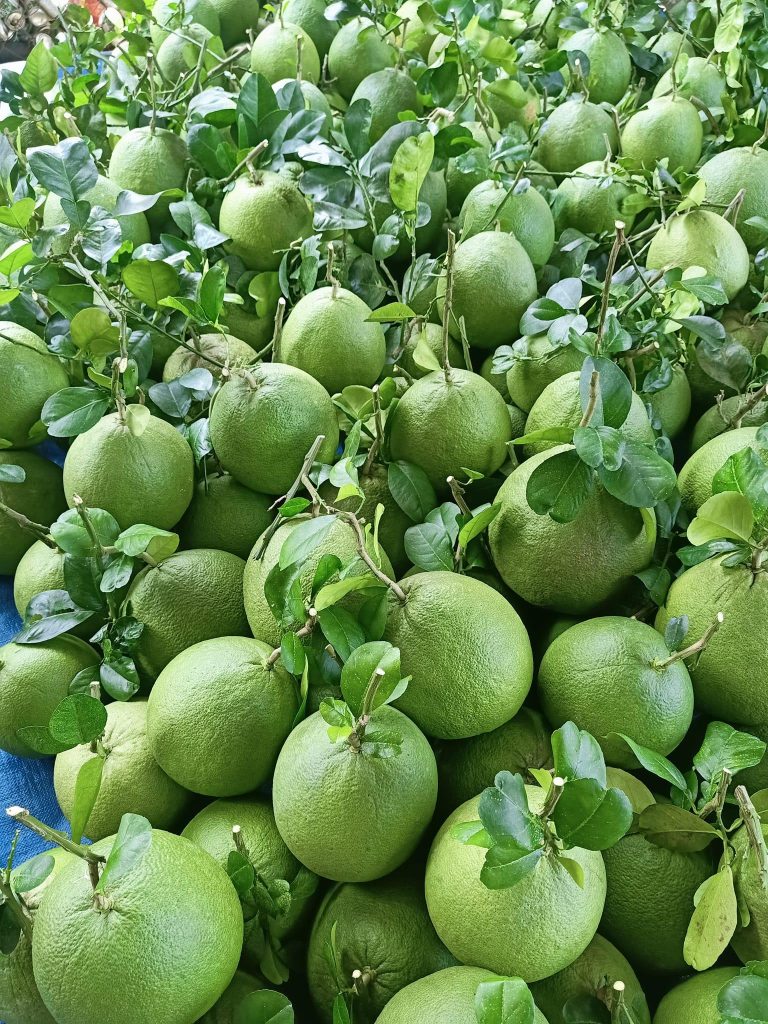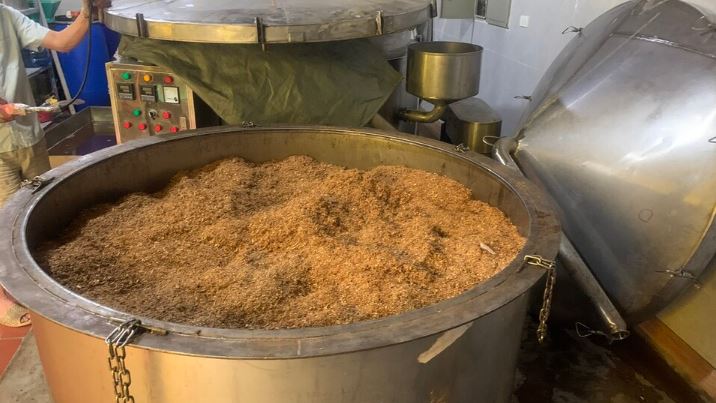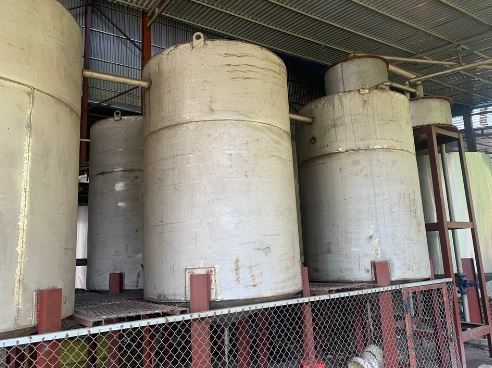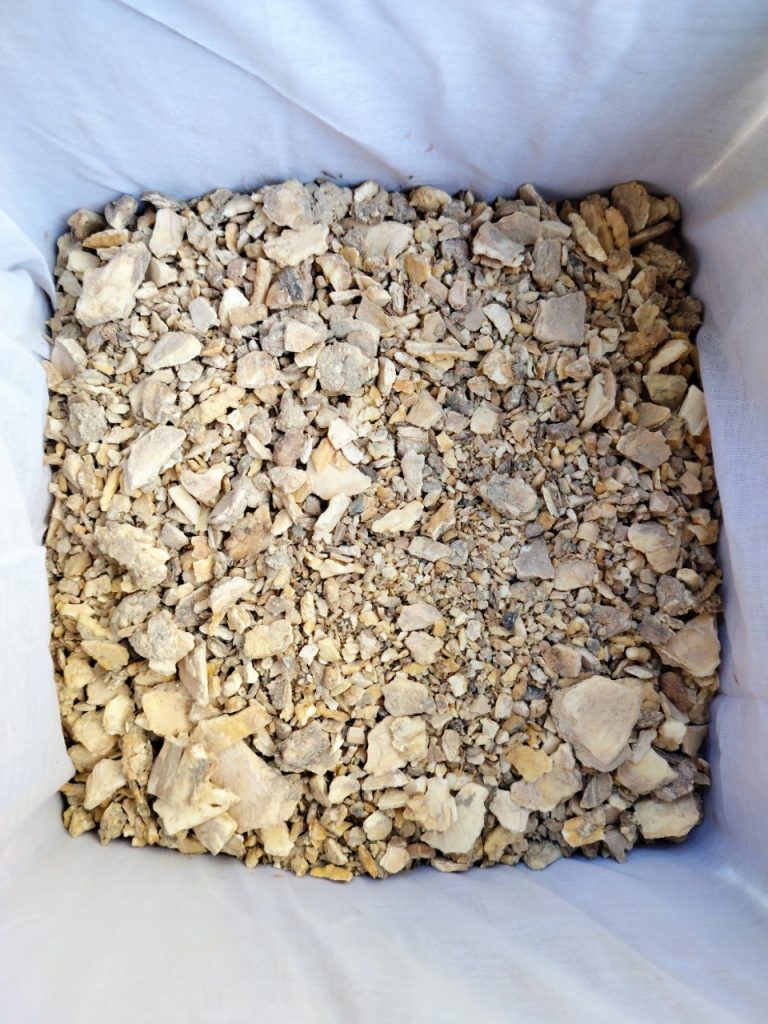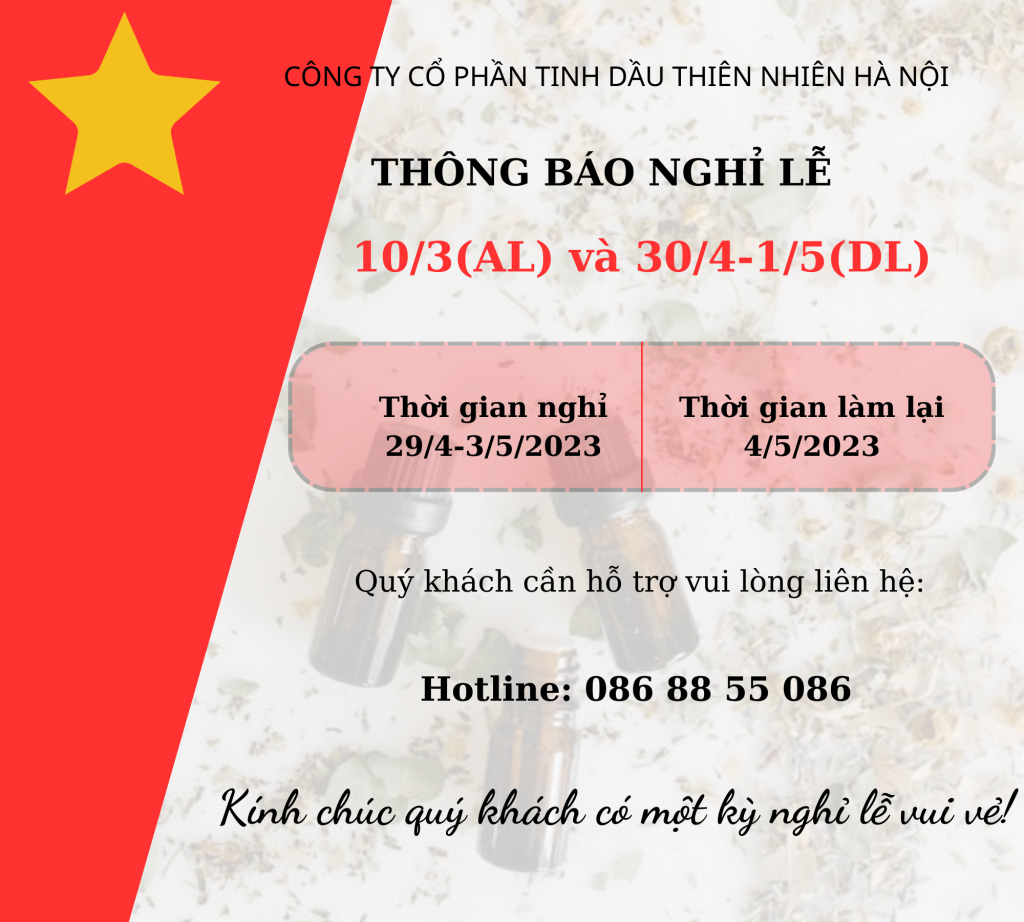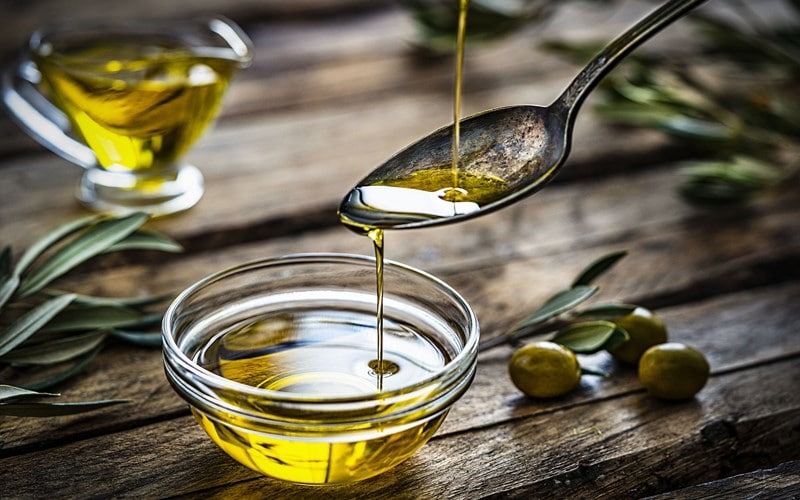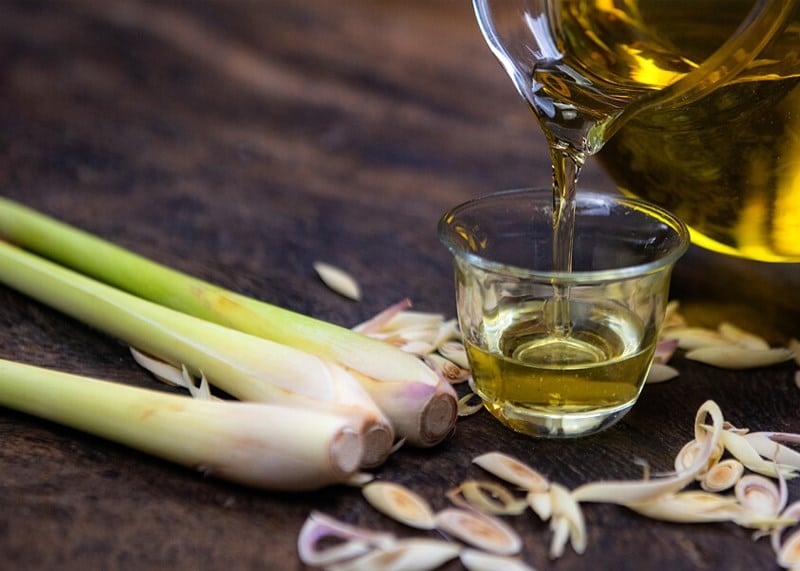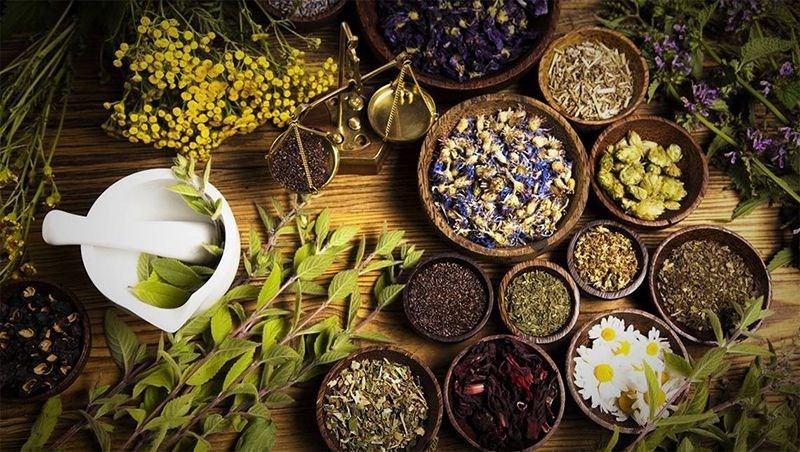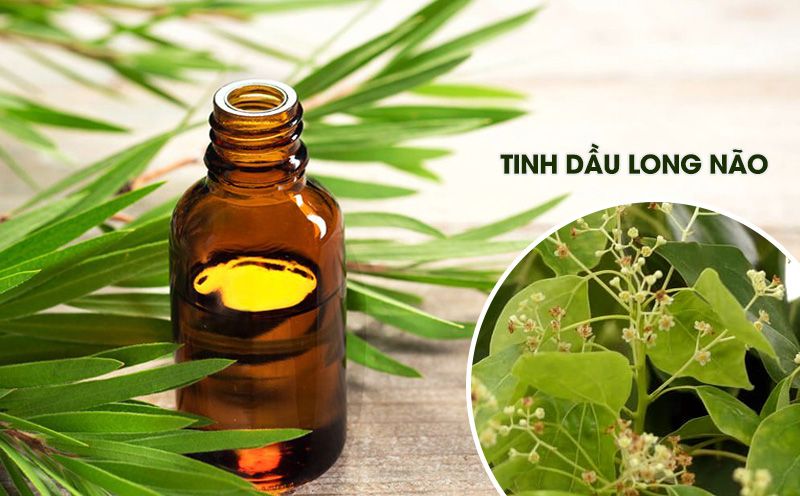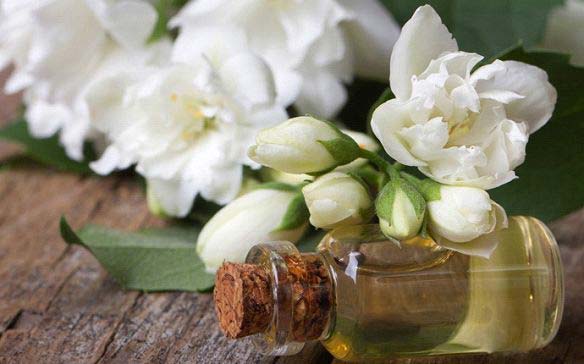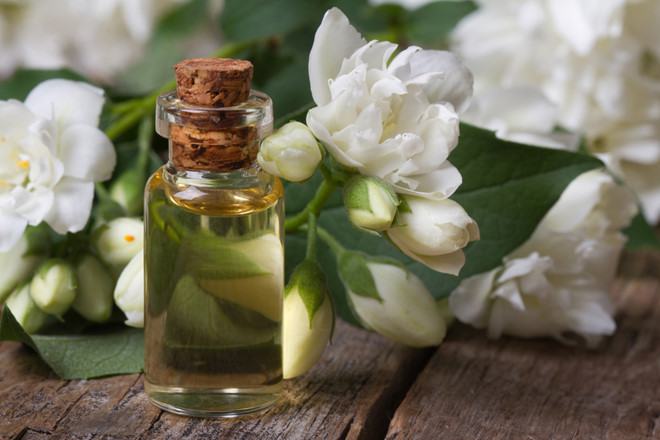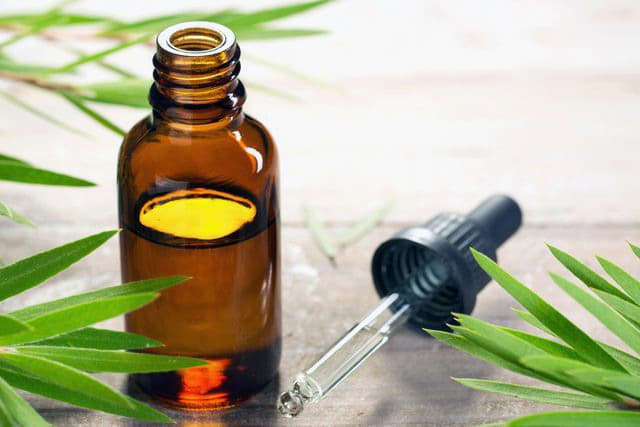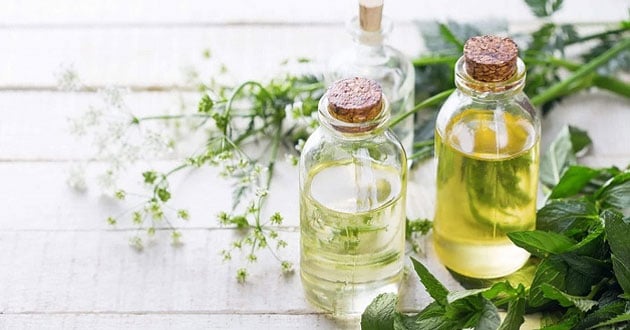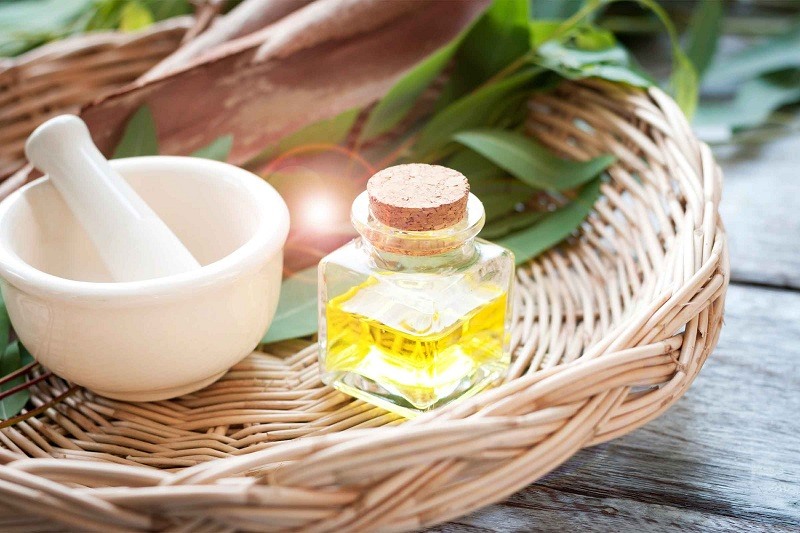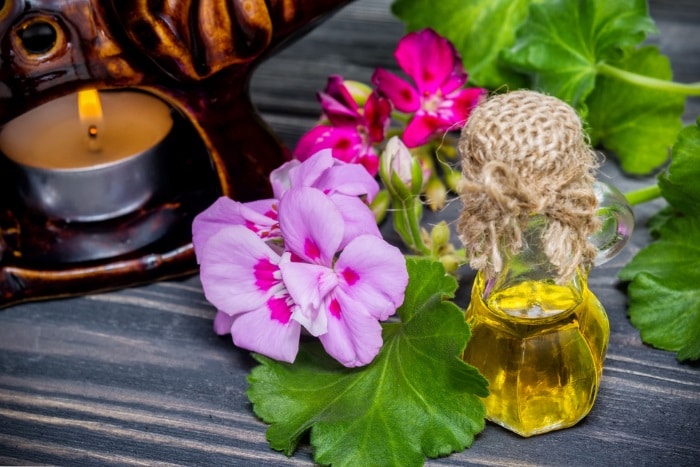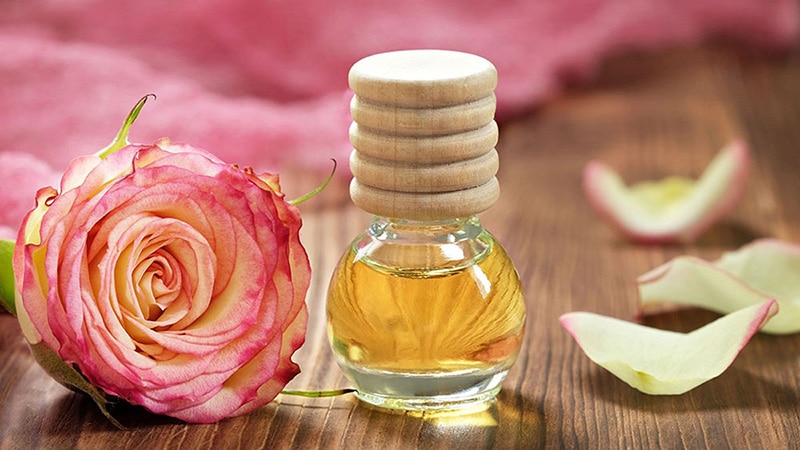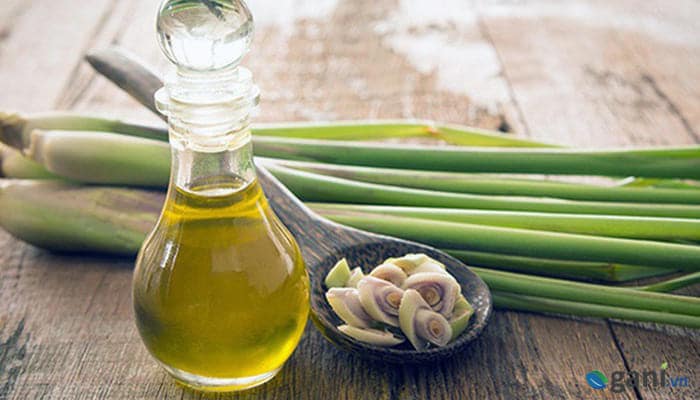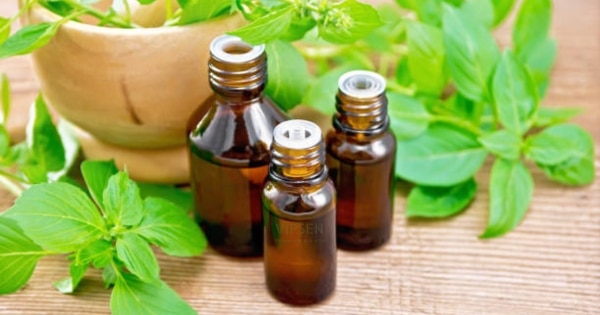1. Overview of Vietnamese mint
1.1 Vietnamese mint plant
The scientific name is Mentha arvensis
Vietnamese mint is herbaceous plant, about 60-80cm tall.
The leaves are green, egg-shaped, with serrated edges, 4-9 cm long and 1.5-4 cm wide.
Vietnamese mint plants grow in clumps of many short or long shoots. The fruit is quite small and has 4 seeds. The tree flowers from July to October every year. Mint flowers are small in size and can come in many different colors such as white, pink, purple or pinkish purple. The plant is usually harvested when it first flowers in May, August or November.
Mint has a spicy, cool taste and is often used as a flavoring in food. It contains a lot of essential oils, mostly menthol and menthone.
Mint contains very high levels of vitamin A and antioxidants. These are all substances that are very beneficial for health, they protect the body from stress, oxidation and enhance eye vision. In addition, mint also contains small amounts of other nutrients and minerals such as kali, magnesium, calcium, vitamins B, B1, B2, B3, phosphorus, vitamin C, iron, fiber.
Fresh peppermint leaves have a very low calorie content, about 25g of fresh leaves only give 4 calories. They contain negligible amounts of protein and fat, in addition, and also contain only a little carbohydrate. 25g of fresh mint leaves usually contains only 1 gram of carbohydrates (including 0.5g of fiber). The fiber contained in mint also has good health effects such as helping to reduce cholesterol levels in the blood and preventing the risk of obesity.
In mint leave, the essential oil content is from 1 – 1.2%, sometimes higher than 1.3 – 1.5%.
The ideal time to plant Vietnamese peppermint is early spring or fall in cool climates. Mint grows quickly and can be harvested in a short time.
It is usually grown by sowing seeds or cuttings. However, planting with branches is more popular because it is simple and highly effective.
Vietnamese pepper mint is an easy plant to grow, the soil needs to be loose and moist, not waterlogged. It needs moderate watering and grows well in shade and medium sunlight intensity. After about 1 month of planting, you can harvest. A mint plant can be harvested many times.
1.2 Vietnam peppermint growing areas
Vietnamese peppermint is concentrated mainly in European and Asian regions with temperate climates. In Vietnam, mint is grown in many regions, plains and mountainous areas such as Sapa (Lao Cai), Tam Dao (Vinh Phuc), Ba Vi (Ha Tay), Bac Can, Son La, Vinh Phuc, Hung Yen, Ninh Binh
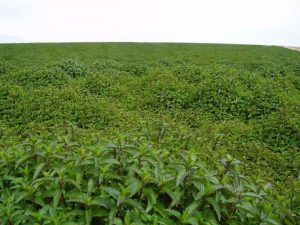
Mint growing area in Ninh Binh
The most suitable planting season is August-September, harvested 2-3 times a year (October-November, February-March, May) when the plants have not yet flowered or flowers have just emerged.
2. Vietnamese peppermint essential oil
CAS: 68917-18-0
It is light yellow liquid. Cool scent and spice flavor of natural mint
Density at 20oC: 0.89 – 0.922
Optical rotation at 20oC: -40 o to – 20 o
Refractive index at 20oC: 1.455 – 1.465
Extract ingredients: Mint leaves
2.1 Essential oil Components
Main components: Menthol >65%, Menthone 18-20%, Methyl acetate 2-3%, Limonene 1.8-2%.
Menthol is prepared separately by freezing peppermint essential oil. After freezing, the menthol crystals will be separated by filtration.
Under normal temperature conditions, the menthol compound is in crystalline solid form. They are clear or white in color and insoluble in water. However, menthol is very volatile at room temperature with a characteristic peppermint aroma.
2.2 Extraction method
Fresh mint leaves are picked at 10am to get the best amount of essential oil. Then wash and remove any leaves that are uneven or dark in color. Select only the greenest, freshest leaves and use a knife to cut them into small pieces before putting them into the distillation pot.
Peppermint essential oil is extracted by steam distillation.
2.3 Applications of Vietnamese Peppermint essential oil
Currently, peppermint essential oil is widely used in industries such as pharmaceuticals, cosmetics, food and beverages, perfume…
- Food and beverage Industry
Flavoring: The aroma and cool taste of peppermint essential oil makes food and beverage more attractive, stimulating the eater’s appetite. This helps increase the flavor and stimulate the taste buds of food or drink.
Anti-oxidant food: Compounds in essential oils, especially menthol, help preserve food and prolong shelf life. Because it is of natural origin and safe for health, it is used as an alternative to synthetic antioxidants that can affect health.
Prevent microorganisms from causing food spoilage: Peppermint essential oil contains compounds like menthol, carvone, linalool, etc., which have natural antibacterial activity against many strains of microorganisms such as E. coli bacteria, Salmonella, Staphylococcus aureus, Bacillus subtilis… In addition, it is effective against mold and yeast in the pH range of 4.5–7.5.
- Pharmaceuticals Industry.
Pain relief and anti-inflammation: Peppermint essential oil is effective in reducing pain, especially muscle and joint pain.
Use in pharmaceuticals: Menthol of peppermint essential oil is found in medicinal ingredients to treat headaches, flu, and shortness of breath.
Antibacterial, anti-fungal itching: Peppermint essential oil can help prevent infections caused by bacteria and fungi. For example, inhibiting the growth of Staphylococcus aureus bacteria, a type of bacteria that causes skin and respiratory tract infections, or inhibiting the growth of Candida albicans – a type of fungus that causes itchy fungal infections.
Stimulates digestion: The ingredients in peppermint essential oil help relax smooth muscles in the digestive tract, helping food move easily, increasing digestive secretions, helping to digest food more effectively.
Health-skin care cream, Facial Cleanser: Peppermint essential oil helps cool and relax the skin, making it softer and smoother. Besides, it helps clean the skin, remove dirt and sebum.
Shampoo, shower gel: Cleansing the scalp, reducing dandruff and itching is one of the important applications of peppermint essential oil in the production of shampoo, shower gel…
Makeup: Peppermint essential oil has the function of keeping makeup lasting longer. Menthol in peppermint essential oil causes pores to shrink. This can help prevent makeup from washing off due to sweat.
Perfume, room spray, scented candles: With a pleasant and stimulating natural scent, Peppermint essential oil helps deodorize and create a relaxing aroma.
3. Peppermint essential oil produced by VIPSEN
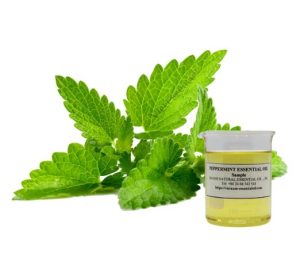
VIPSEN Peppermint oil
VIPSEN is one of the leading researchers and producers of natural essential oils in Vietnam. Essential oil products are produced using advanced methods, achieving high quality with 100% natural ingredients, without additives or mixtures.
Peppermint essential oil products are produced by VIPSEN from selected raw materials, from famous raw material growing areas in Vietnam such as Vinh Phuc, Hung Yen, Ninh Binh. The production process from planting and harvesting raw materials to producing and preserving finished products is always closely monitored by a team of experienced experts and technicians. VIPSEN’s peppermint essential oil products are not only popular in Vietnam but are also exported to many countries around the world.
For more information, please contact:
Phone/Whatsapp/Zalo/Wechat/Kakao Talk/Line/Skype/Viber: +84 868 855 086
Email: Tony@Vipsen.vn
Address: D7-TT9, Forosa Street, Xuan Phuong New Urban Area, Xuan Phuong, Nam Tu Liem, Hanoi
Address of essential oil factory: Bai Dai, Tien Xuan, Thach That, Hanoi, Vietnam
Address of ginger and star anise factory: Thu Do, An Tuong, Vinh Tuong, Vinh Phuc, Vietnam








